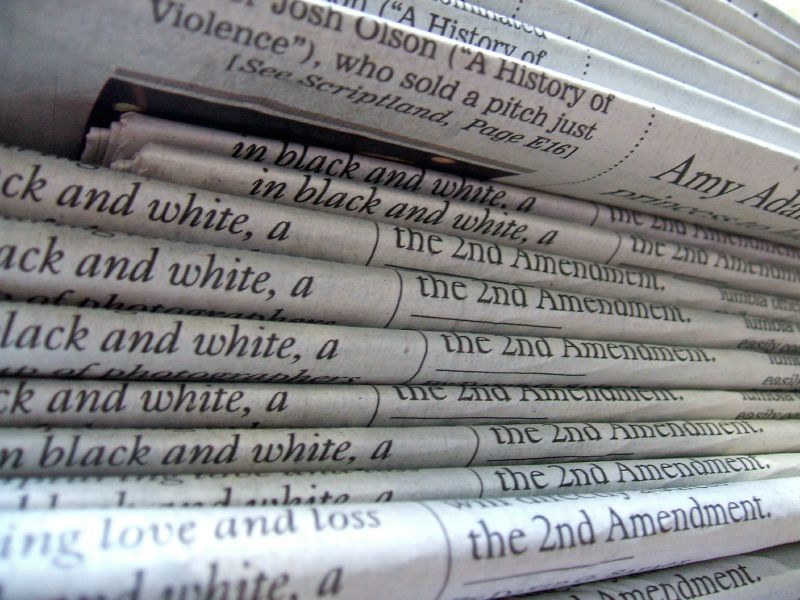


Journalists Believe News and Opinion are Separate, but Readers Can’t Tell the Difference
From Kevin M. Lerner, Assistant Professor of Journalism at Marist College:
The New York Times opinion editor James Bennet resigned recently after the paper published a controversial opinion essay by U.S. Sen. Tom Cotton that advocated using the military to put down protests.
The essay sparked outrage among the public as well as among younger reporters at the paper. Many of those staffers participated in a social media campaign aimed at the paper’s leadership, asking for factual corrections and an editor’s note explaining what was wrong with the essay.
Eventually, the staff uprising forced Bennet’s departure.
Cotton’s column was published on the opinion pages – not the news pages. But that’s a distinction often lost on the public, whose criticisms during the recent incident were often directed at the paper as a whole, including its news coverage. All of which raises a longstanding question: What’s the difference between the news and opinion side of a news organization?
It is a tenet of American journalism that reporters working for the news sections of newspapers remain entirely independent of the opinion sections. But the divide between news and opinion is not as clear to many readers as journalists believe that it is.
And because American news consumers have become accustomed to the ideal of objectivity in news, the idea that opinions bleed into the news report potentially leads readers to suspect that reporters have a political agenda, which damages their credibility, and that of their news organizations.
How news and opinion grew apart
Long before newspapers became institutions for collecting and distributing news, they were instruments for the personal expression of individuals – their owners. There was little thought given to whether or not opinion and fact were intermingled.
Benjamin Franklin ran the Pennsylvania Gazette from 1729 to 1748 as a vehicle for his own political and scientific ideas and even just his day-to-day observations. The Gazette of the United States, first published in 1789, was the most prominent Federalist paper of its time and was funded in part by Alexander Hamilton, whose letters and essays it published anonymously.
In the early 19th century, newspapers were often nakedly partisan, since many of them were funded by political parties.
For the rest, click here.